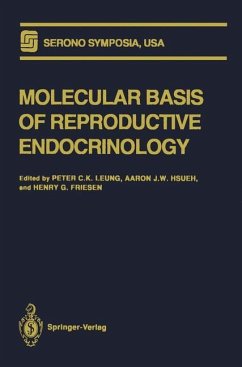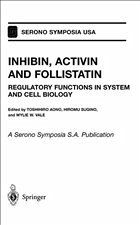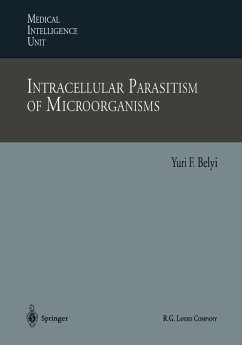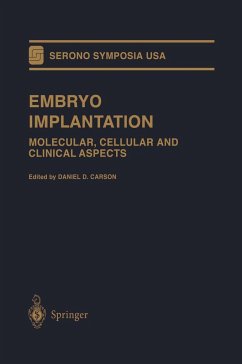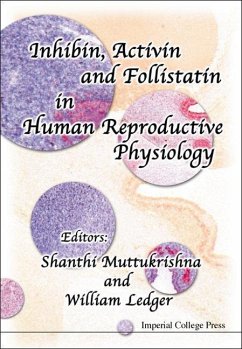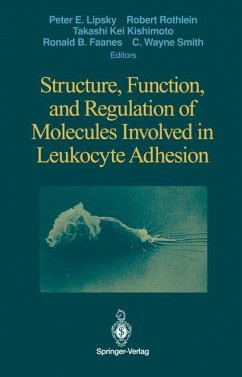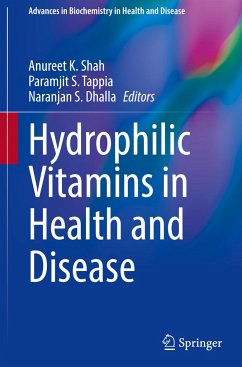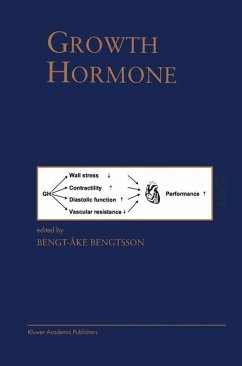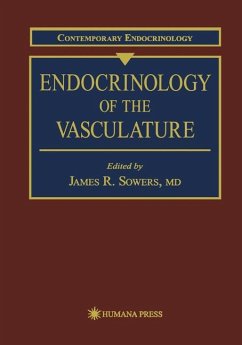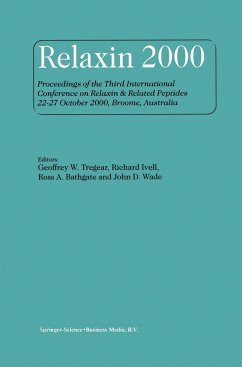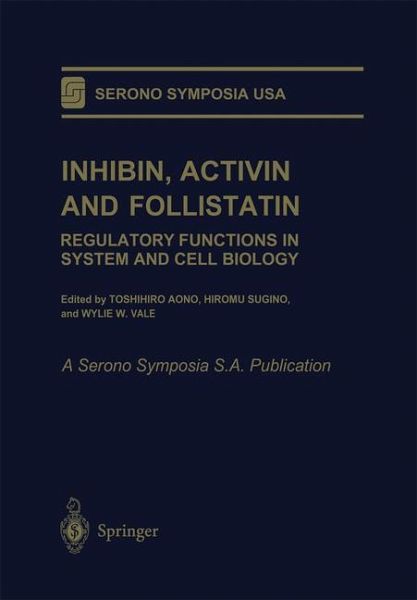
Inhibin, Activin and Follistatin
Regulatory Functions in System and Cell Biology
Herausgegeben: Aono, Toshihiro; Sugino, Hiromu; Vale, Wylie W.

PAYBACK Punkte
19 °P sammeln!
Inhibin, activin, and follistatin were originally discovered as hormonal fac tors a decade ago. Subsequent studies revealed that they are widely distrib uted anatomically and have multiple biological functions in a wide range of cells and tissues. Since the last Symposium three years ago, there has been remarkable progress toward defining activin's roles in controlling hormone secretion, cell differentiation and proliferation, mesoderm induction in em bryos, nerve cell survival, and promotion of bone growth. Furthermore, the characterization of activin receptors as serine and threonine kinases...
Inhibin, activin, and follistatin were originally discovered as hormonal fac tors a decade ago. Subsequent studies revealed that they are widely distrib uted anatomically and have multiple biological functions in a wide range of cells and tissues. Since the last Symposium three years ago, there has been remarkable progress toward defining activin's roles in controlling hormone secretion, cell differentiation and proliferation, mesoderm induction in em bryos, nerve cell survival, and promotion of bone growth. Furthermore, the characterization of activin receptors as serine and threonine kinases and the identification of intracellular mediators such as the Smads have provided key elements for the eventual understanding of signaling mechanisms for activin and the other members of the TGF-beta superfamily. The unknown in this integrative field, however, remains far greater than the known. For ex ample, we are just beginning to exploit the recently improved activin, inhibin, and follistatin two-site assays for the evaluation of the physiological and pathophysiological functions of these proteins. Also, we have only a rudi mentary understanding of the mechanisms by which inhibin blocks activin, and many steps in the pathways linking the formation of ligand-receptor(s) complexes to transcriptional regulation are unclear. The aim of the Third Symposium was to bring together scientists from diverse fields to share technical and conceptual developments. The program was framed with the intention to include a wide range of timely research topics.






